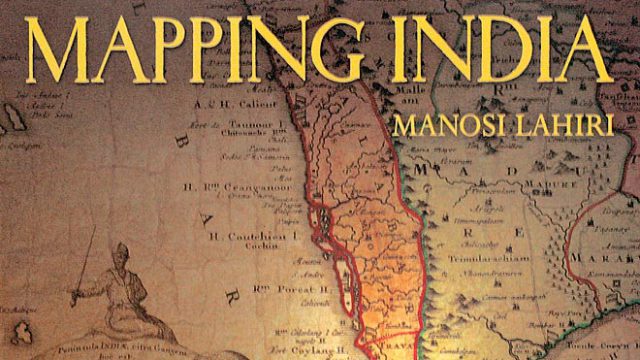It would seem safe to say that the story of modern Indian cartography is also that of colonialism. Indeed Manosi Lahiri’s visual feast of a book Mapping India works with just that premise. Even the earliest map in this book, the fascinating one drawn by Ptolemy over two thousand years ago, arrived on the heels of empire, and trade. Jump a millennia and a half to 1571 to one of the first atlases to be made in Europe featuring the subcontinent, and the context is no different. Budding European colonial powers were trading in greater volumes with the East. This meant, at first, maps of shipping routes, and then maps of the countries themselves. India, with its fabled riches and mythical geography, soon occupied pride of place in cartographical representations of the East.
Lahiri intends this to be a major work, and to that end she has brought her training as a geographer to bear upon an art that, in a curious way, charts the shifting political and cultural fortunes of the country with great clarity. Thus, where Portuguese explorers drew maps and told exotic tales of Chatigam in Bengalla in the mid-sixteenth century, the highly specialised and professional surveyors of British India set the international bar for modern map-making with the Great Trigonometrical Survey from the mid-nineteenth century onwards.
Equally fascinating are the maps of cities, and there are plenty here, from Calcutta to Cochin to Kabul. Over a surprisingly short period, the representations change from the fabulous to the realistic. And in this change, a modern ‘nation’ emerges. Lahiri has done a great service to map lovers everywhere with this book.




